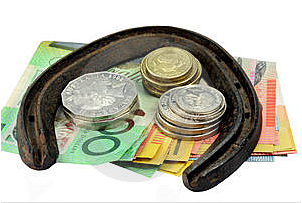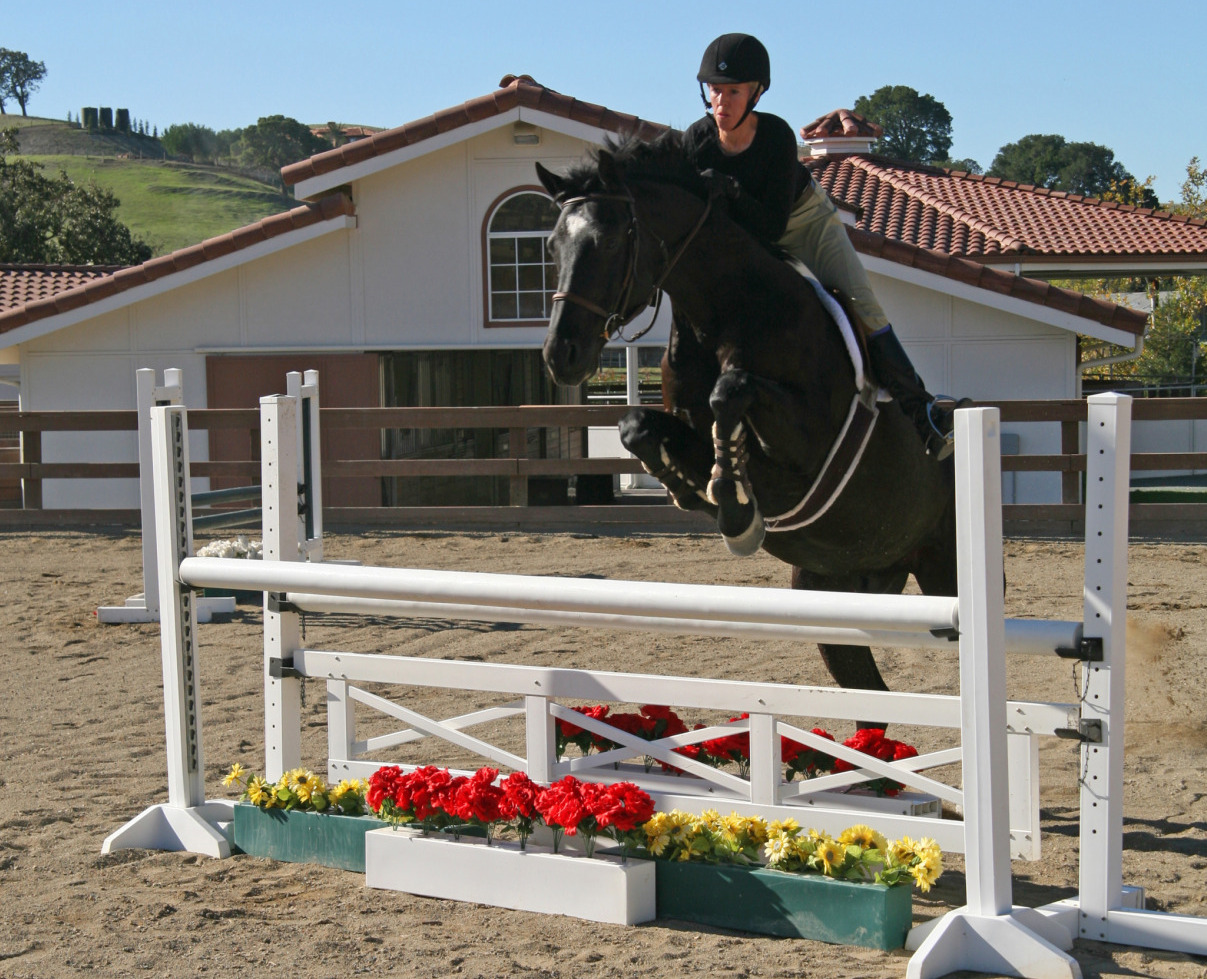Holistic Management for Horse Properties – Part 7
How to plan for financial wealth with horses?
Published in the Horses & People Magazine & Hoofbeats Magazine
By Mariette van den Berg, BAppSc. (Hons), MSc. (Equine Nutrition)
 In the previous section, we discussed the essence of planning and why it is important to regularly evaluate various aspects of our lives, including finances, land use, pasture, grazing, horse training, and breeding. To create the quality of life that we envision for ourselves, we need to have a plan, regardless of whether we are running a private property (household) or operating a (horse) business.
In the previous section, we discussed the essence of planning and why it is important to regularly evaluate various aspects of our lives, including finances, land use, pasture, grazing, horse training, and breeding. To create the quality of life that we envision for ourselves, we need to have a plan, regardless of whether we are running a private property (household) or operating a (horse) business.
Finances are definitely one of the facets of our lives that we need to look into and plan for. As horse owners, we all know what it costs to keep horses! How many truly profitable horse businesses are successfully surviving through economic downturn?
Many partners of horse owners who are not involved with horses themselves tell others that keeping horses is like a running money tap. Various bills roll in every month: feed, vet, farrier, float maintenance, competitions, and gear. So, analysing our finances to support our hobbies or make our businesses more profitable is crucial towards providing well for both ourselves and our horses.
Ultimately, if we want to move forward, we need to look beyond merely generating money. We need to consider the quality of life that we want to create (i.e. the goals we have), which should also include social and environmental factors. Financial planning procedures exist in abundance; however, none of them addresses all of the key management concerns that arise when managing holistically. Holistic financial planning considers the whole that we are managing and aims to work towards our holistic goals and evaluate our decisions on an ongoing basis for social, economic, and environmental soundness.[1,2]
What is the difference between conventional financial planning and holistic financial planning?
The first and most striking difference is that we allocate a certain percentage of our gross income as a profit rather than hoping that the profit will magically appear in the end. To be able to pursue this profit, we need to be well organised and creative in controlling our expenses.
In holistic financial planning, expenses are categorised in three unique ways[1,2]:
1. New wealth generating: this is wealth that we can generate from new ventures and enterprises. Conversely, a much more obvious way to generate wealth is to analyse the weakest link in our business and to reduce those expenses. This way, we can make our businesses profitable and generate more income. Generating new wealth adds more diversity to the business.
2. Inescapable: these are expenses that we are legally or morally obliged to pay. When we think of inescapable expenses, many of us think of electricity bills. However, we can control our electricity usages or look into renewable energy solutions to reduce our bills. Only a small few expenses are actually assigned to this category, such as council rates or any payments on a contract that we have with partners to buy them out of a business.
3. Maintenance: these are the expenses for maintaining the business. They can form a very long list, including professional services (vets, farrier), machinery maintenance, staff, taxes, fuel, electricity, fencing, feed cost, insurance, etc. Generally, most expenses fall under maintenance.
Creativity is fundamental to holistic financial planning.[1,2] The main aim is to be proactive, to include people, and to conduct research and be creative with ideas rather than looking at history. It is about findings ways to save money rather than to chase money.
Holistic financial planning goes hand in hand with the quality of life statement: any financial decision needs to be ticked off against our goals.[1] Planning actions also need to be reviewed using the testing questions. This way, we can determine if we’re making financially, socially, and environmentally sound decisions.
How can holistic financial planning help horse businesses (breeding studs, training stables, spellings)?
Horse businesses can benefit greatly from identifying the weakest link in the chain of production. This chain comprises three links:
1. Resource link: the ability to harvest sunlight and to grow enough green materials to sustain horses, such as grass, legumes, and grains. If we are not growing adequate forage for our horses, we have a weak link in resources.
2. Product conversion link: the activities that relate to utilising resources. For example, is your grass efficiently converted to hay, is it of sufficient quality, and does it provide adequate nutrients for your horses? This link can also include training, genetics, and fertility of horses. If one of these aspects is not up to scratch, we have a weak link in production.
3. Marketing link: an example of a weak link in marketing would be when you are growing enough forage for your horses and your horses have good genetics, but consumers are not buying your horses. Or if you have an agistment business and you have enough (conserved) forage and facilities for horse owners, but not enough people are leasing a paddock or stable. If you have a weak marketing link, you need to look at the package of your product.
It is very useful for horse businesses to look at the chain of production and determine the weakest link — from sunlight to marketable product. In the cattle business, it can swing between not having enough feed (weak resources link) to having enough feed but not enough animals (weak production conversion link). Horse businesses may differ somewhat, but by determining the weakest link, you will be able to pinpoint where action needs to be taken to reduce your expenses.
In holistic financial planning, we work towards our holistic goals. We always return to the quality of life that we envision and what plans we have. It most likely includes horses, but it is important to remember health, balanced life, quality time with family, etc. If you run horses and have land, you must include a vision for your land. How do you want your business to look, both now and into the future?
Another way that holistic financial planning can help horse businesses is by using the testing questions to make day-to-day decisions. They help to determine if an action is not only financially sound but also socially and environmentally sound.
All of our decisions and actions need to be monitored to make sure that we are actually moving forward in the direction of our goals and visions. Therefore, we use the feedback loop to be able to correct problems sooner rather than later. Plan, monitor, control, and re-plan — rather than waiting for plans to fail.
What about small and private horse owners?
Having horses as a hobby can be rewarding for many people, so it can very well be incorporated into a quality of life statement. Do not forget, however, to include everybody from your household. Even if you do not run a business, you can still use holistic financial planning to identify the weakest link in your household to reduce your expenses. It is important that you evaluate your goals and be honest about the position in which you find yourself. For example, it may be that you find owning a property to have horses is not the best option for you due to work commitments or travel time; it may be better to agist. On the other hand, it may be better to own your own property with sufficient land to be able to provide for your horses. If you decide to own, or if you already have land and want to reduce your feed bills, you may need to asses your property layout and learn more about plant physiology, pasture management, and grazing planning. These are factors that everybody needs to evaluate for him or herself, using the testing questions to assist in making those decisions.
Further reading:
- Savory, A & Butterfield, J. 1999. Holistic Management: A New Framework for Decision Making. 2nd edition, Island Press, Washington, DC.
- Butterfield, J., Bingham, S & Savory A. 2006. Holistic Management handbook: healthy land, healthy profits. Iland Press, Washington, DC, USA.
© MB Equine Services 2014
www.mbequineservices.com


Follow Us!